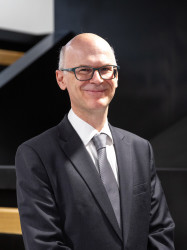BibTex format
@article{Yin:2022:10.3389/fnins.2022.951272,
author = {Yin, Y and Pan, W and Childs, P},
doi = {10.3389/fnins.2022.951272},
journal = {Frontiers in Neuroscience},
pages = {1--15},
title = {Understanding creativity process through EEG measurement on creativity-related cognitive factors},
url = {http://dx.doi.org/10.3389/fnins.2022.951272},
volume = {8},
year = {2022}
}

